|
Chestnut et al: Chestnut’s Obstetric Anesthesia: Principles and Practice 6/e
Part I: Introduction
1. The History of Obstetric Anesthesia
Part II: Maternal and Fetal Physiology
2. Physiologic Changes of Pregnancy
3. Uteroplacental Blood Flow
4. The Placenta: Anatomy, Physiology, and Transfer of Drugs
5. Fetal Physiology
Part III: Fetal and Neonatal Assessment and Therapy
6. Antepartum Fetal Assessment and Therapy
7. Anesthesia for Fetal Surgery and Other Intrauterine Procedures
8. Intrapartum Fetal Assessment and Therapy
9. Neonatal Assessment and Resuscitation
10. Fetal and Neonatal Neurologic Injury
Part IV: Foundations in Obstetric Anesthesia
11. Patient Safety and Team Training
12. Spinal, Epidural, and Caudal Anesthesia: Anatomy, Physiology, and Technique
13. Local Anesthetics and Opioids
Part V: Anesthesia Before and During Pregnancy
14. Pharmacology and Nonanesthetic Drugs During Pregnancy and Lactation
15. In Vitro Fertilization and Other Assisted Reproductive Technology
16. Problems of Early Pregnancy
17. Nonobstetric Surgery during Pregnancy
Part VI: Labor and Vaginal Delivery
18. Obstetric Management of Labor and Vaginal Delivery
19. Trial of Labor and Vaginal Birth after Cesarean Delivery
20. The Pain of Childbirth and its Effect on the Mother and the Fetus
21. Childbirth Preparation and Nonpharmacologic Analgesia
22. Systemic Analgesia: Parenteral and Inhalational Agents
23. Epidural and Spinal Analgesia/ Anesthesia for Labor and Vaginal Delivery
24. Alternative Regional Analgesic Techniques for Labor and Vaginal Delivery
25. Postpartum Tubal Sterilization
Part VII: Cesarean Delivery
26. Anesthesia for Cesarean Delivery
27. Postoperative Analgesia
Part VIII: Anesthetic Complications
28. Aspiration: Risk, Prophylaxis, and Treatment
29. The Difficult Airway: Risk, Assessment, Prophylaxis, and Management
30. Postpartum Headache
31. Neurologic Complications of Pregnancy and Neuraxial Anesthesia
32. Shared Decision-Making in Obstetric Anesthesia
Part IX: Obstetric Complications
33. Preterm Labor and Delivery
34. Abnormal Presentation and Multiple Gestation
35. Hypertensive Disorders
36. Infection
37. Antepartum and Postpartum Hemorrhage
38. Embolic Disorders
39. Maternal Mortality
Part X: The Parturient with Systemic Disease
40. Autoimmune Disorders
41. Cardiovascular Disease
42. Chronic Pain During and After Pregnancy
43. Endocrine Disorders
44. Hematologic and Coagulation Disorders
45. Liver Disease
46. Malignant Hyperthermia
47. Musculoskeletal Disorders
48. Neurologic and Neuromuscular Disease
49. Obesity
50. Psychiatric Disorders
51. Renal Disease
52. Respiratory Disease
53. Substance Abuse
54. Trauma and Critical Care
Appendices
Appendix A: American Society of Anesthesiologist Guidelines for Neuraxial Anesthesia in Obstetrics
Appendix B: Practice Guidelines for Obstetric Anesthesia: An updated report by The American Society of Anesthesiologists Task Force on Obstetric Anesthesia and the Society for Obstetric Anesthesia and Perinatology
Appendix C: Optimal Goals for Anesthesia Care in Obstetrics
Appendix D: Information Technology Resources for Obstetric Anesthesia Providers
|
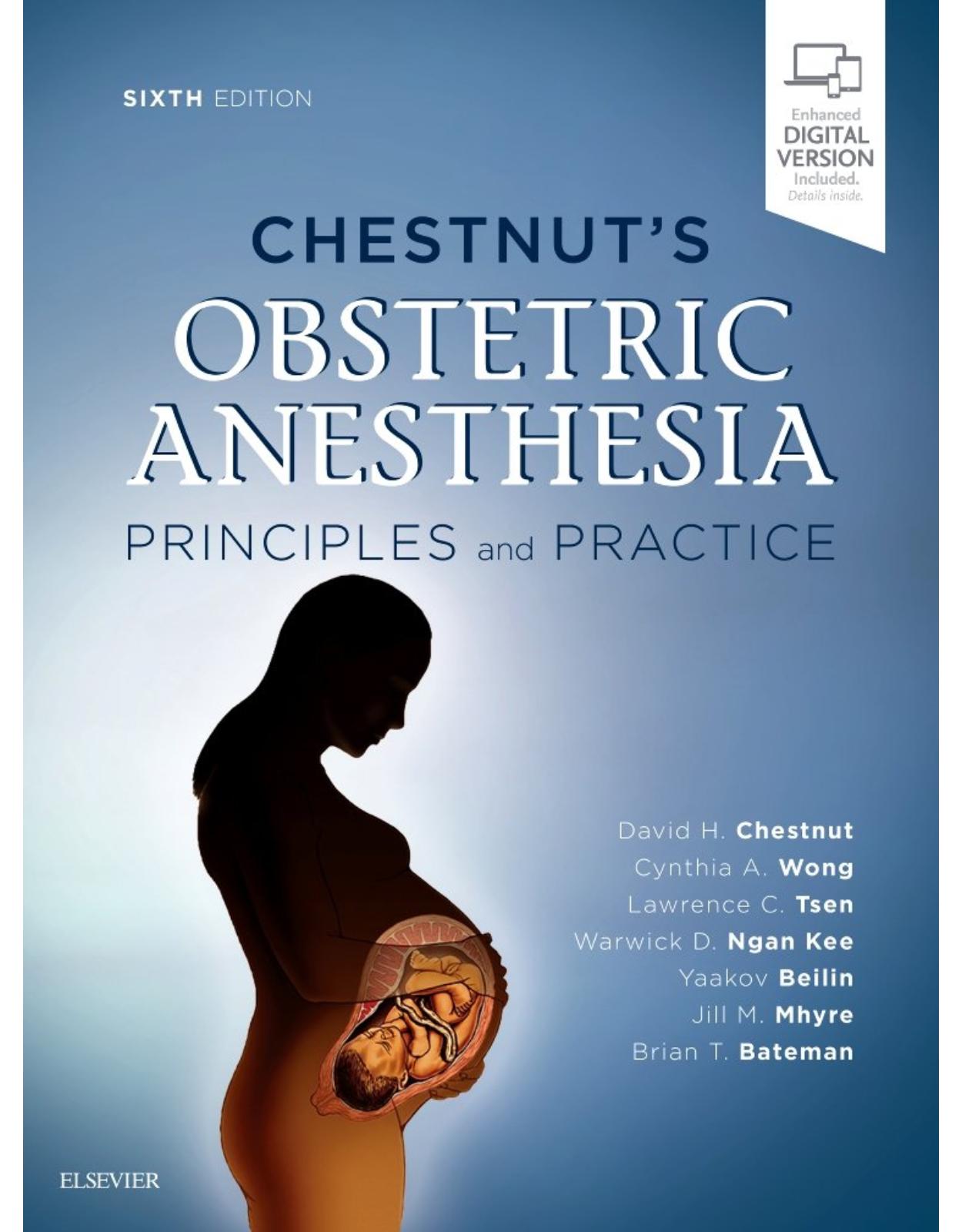

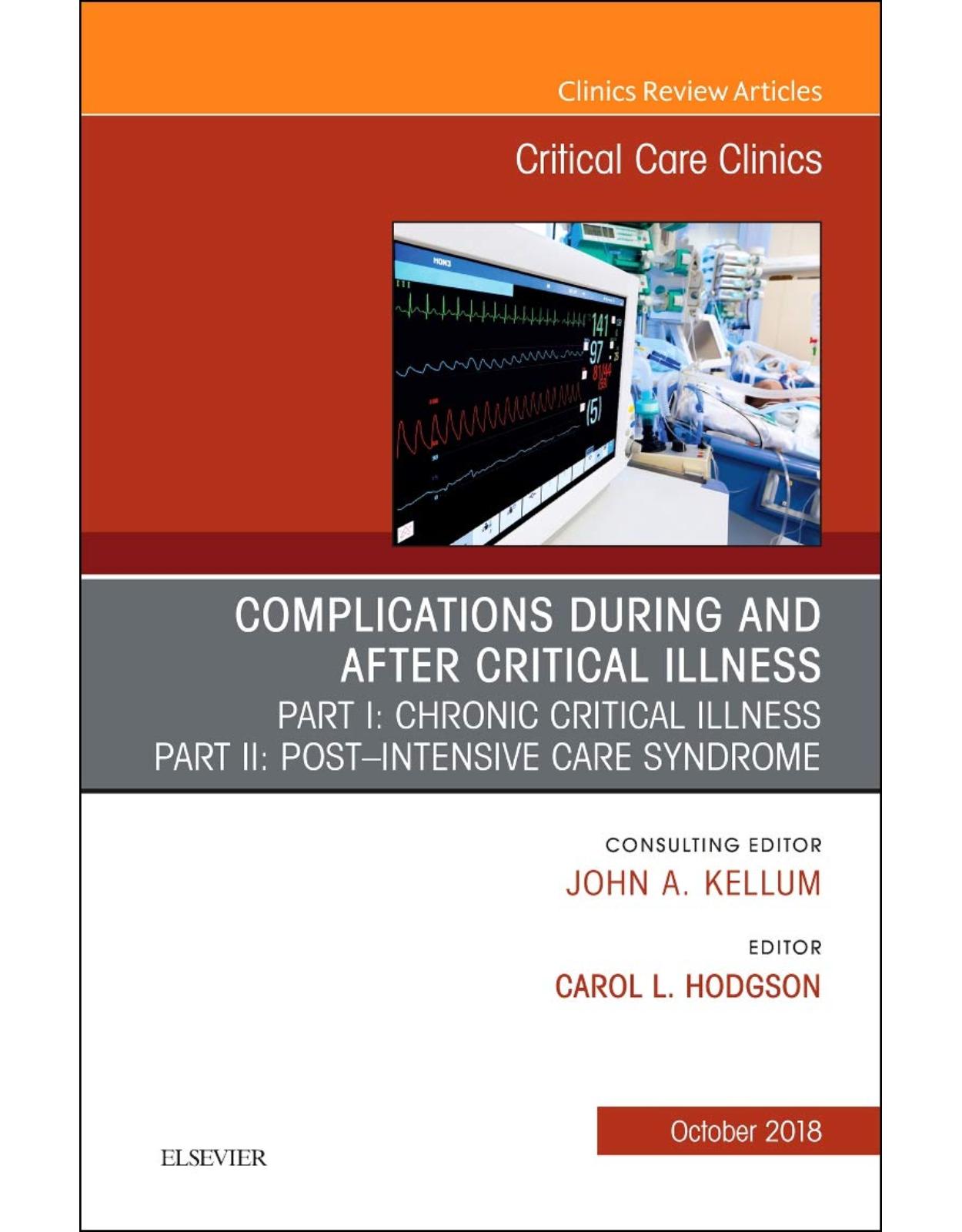
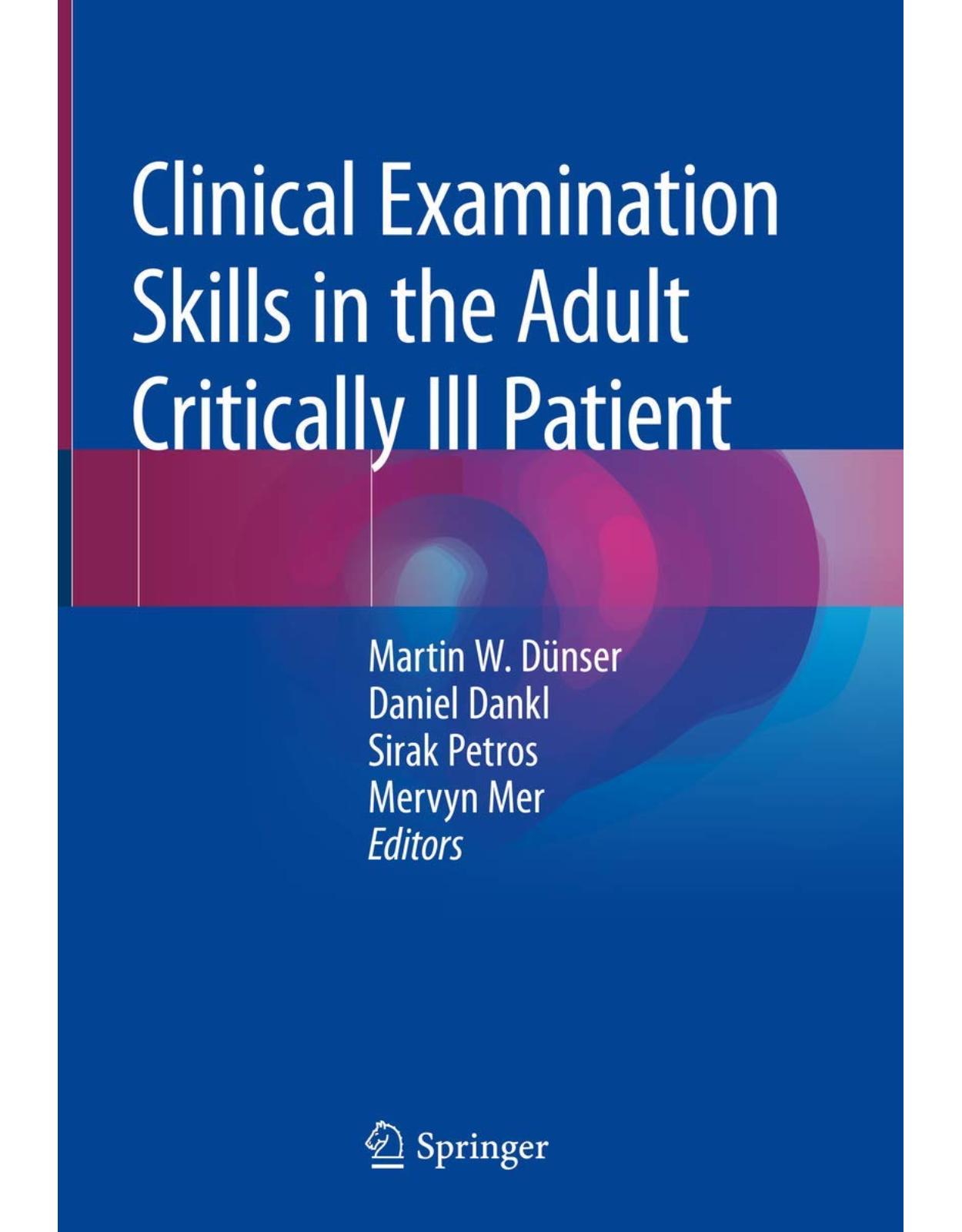

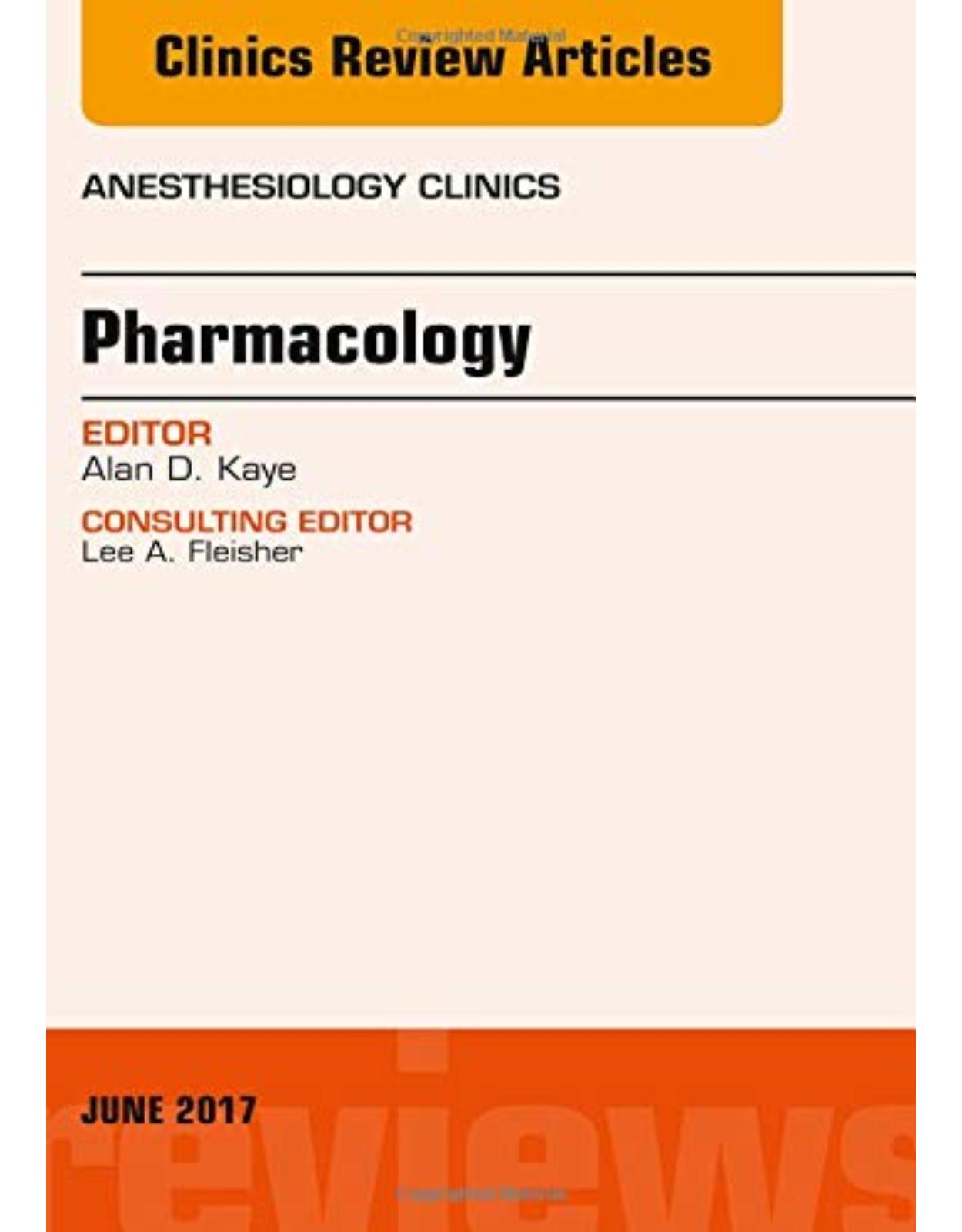

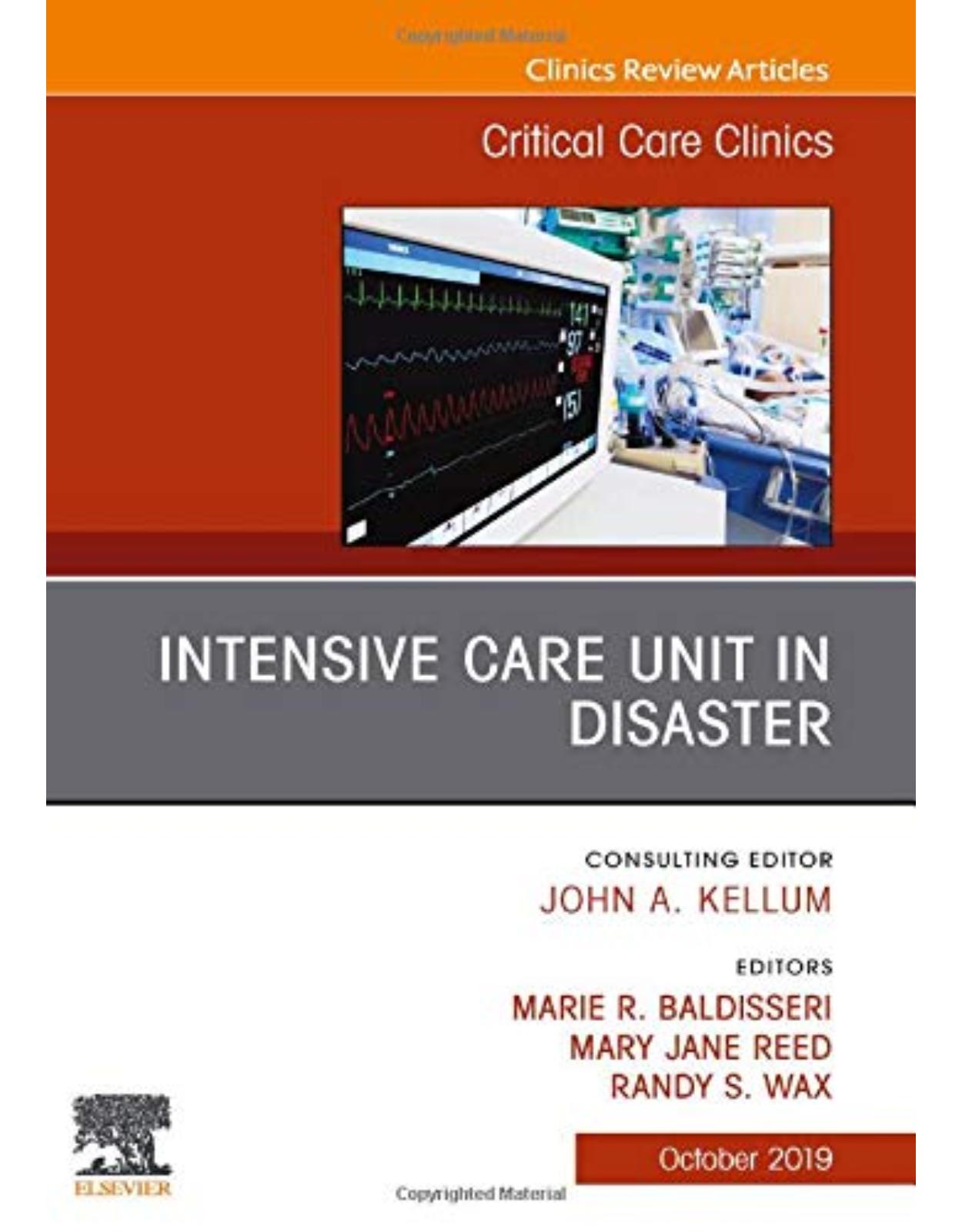
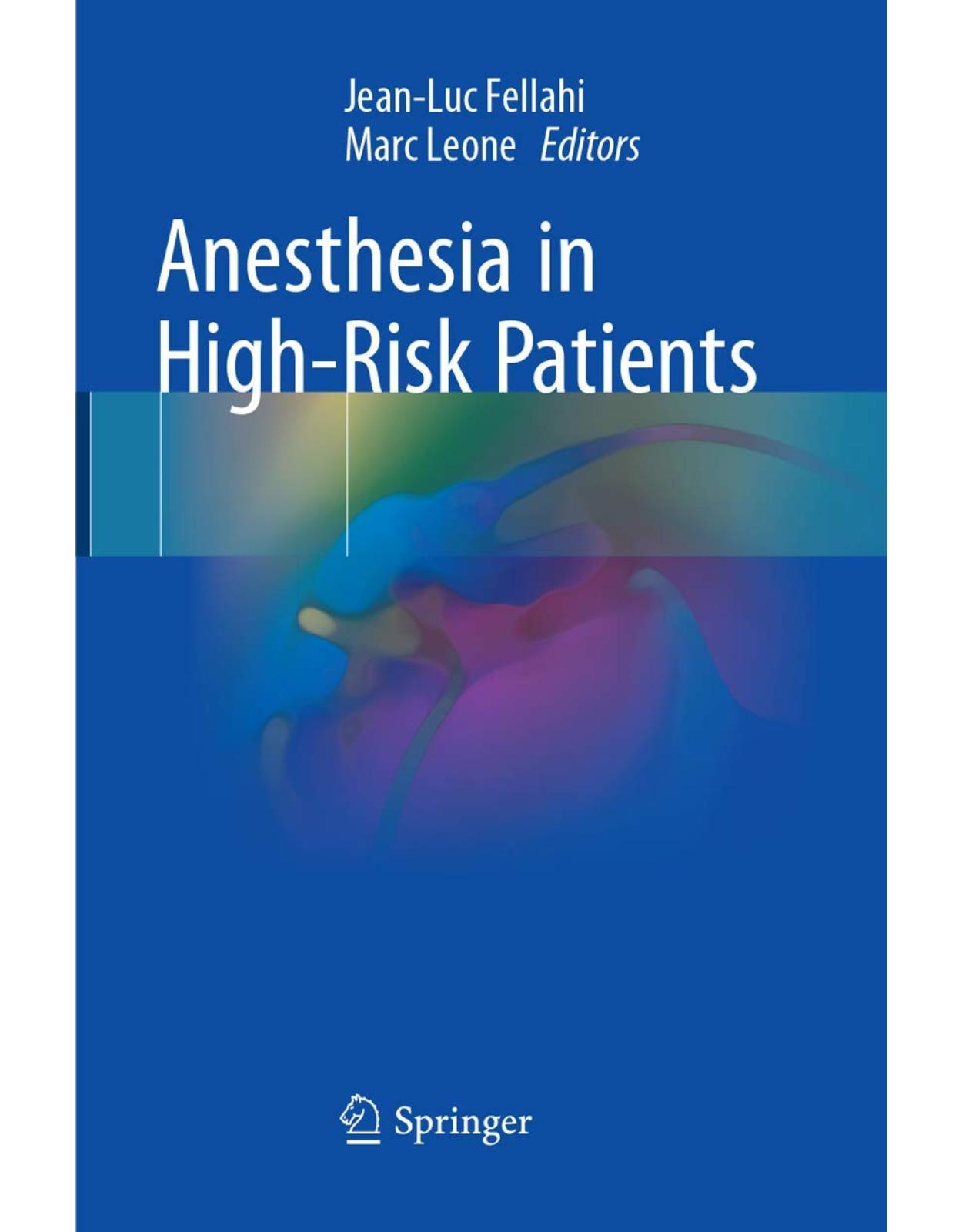
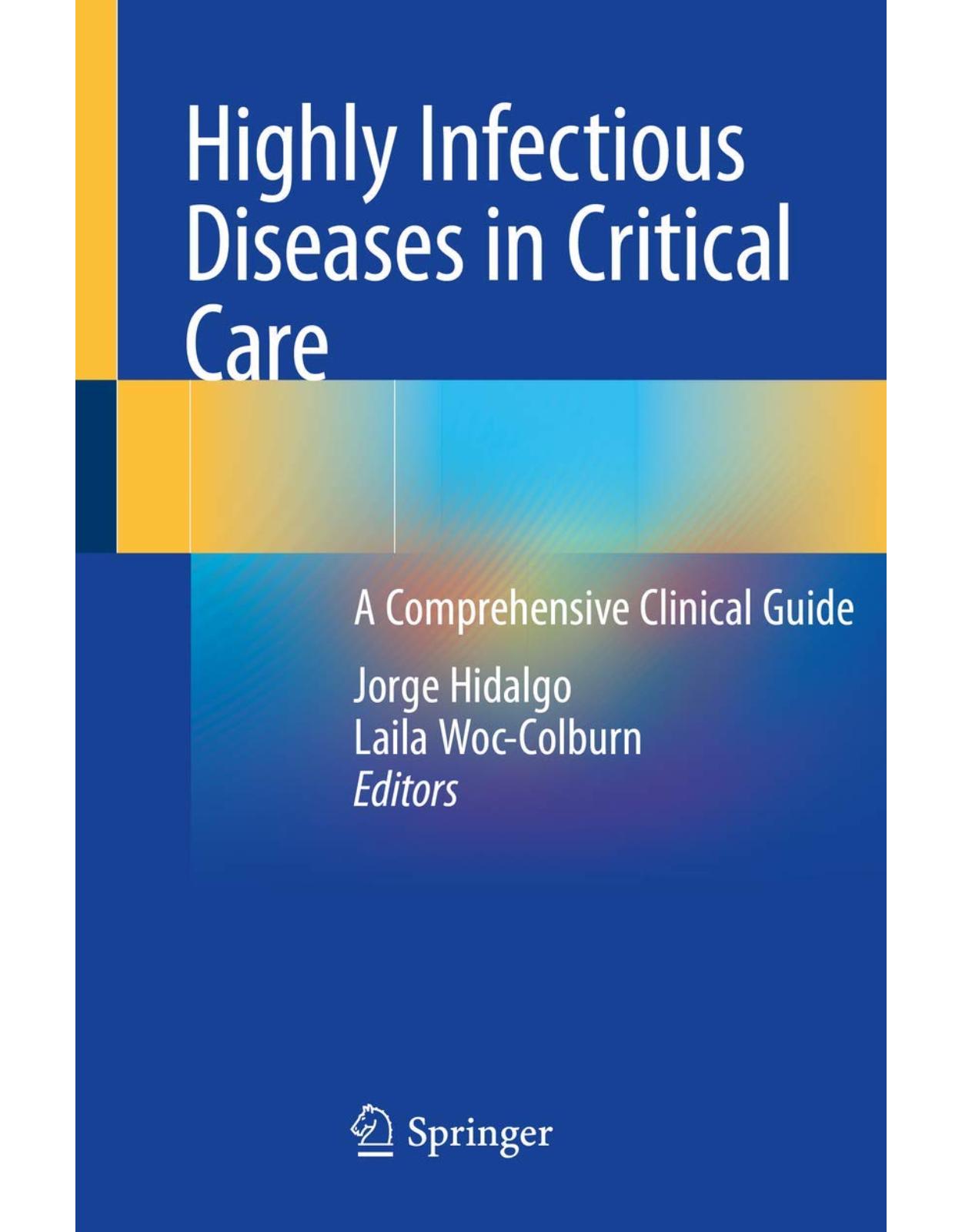
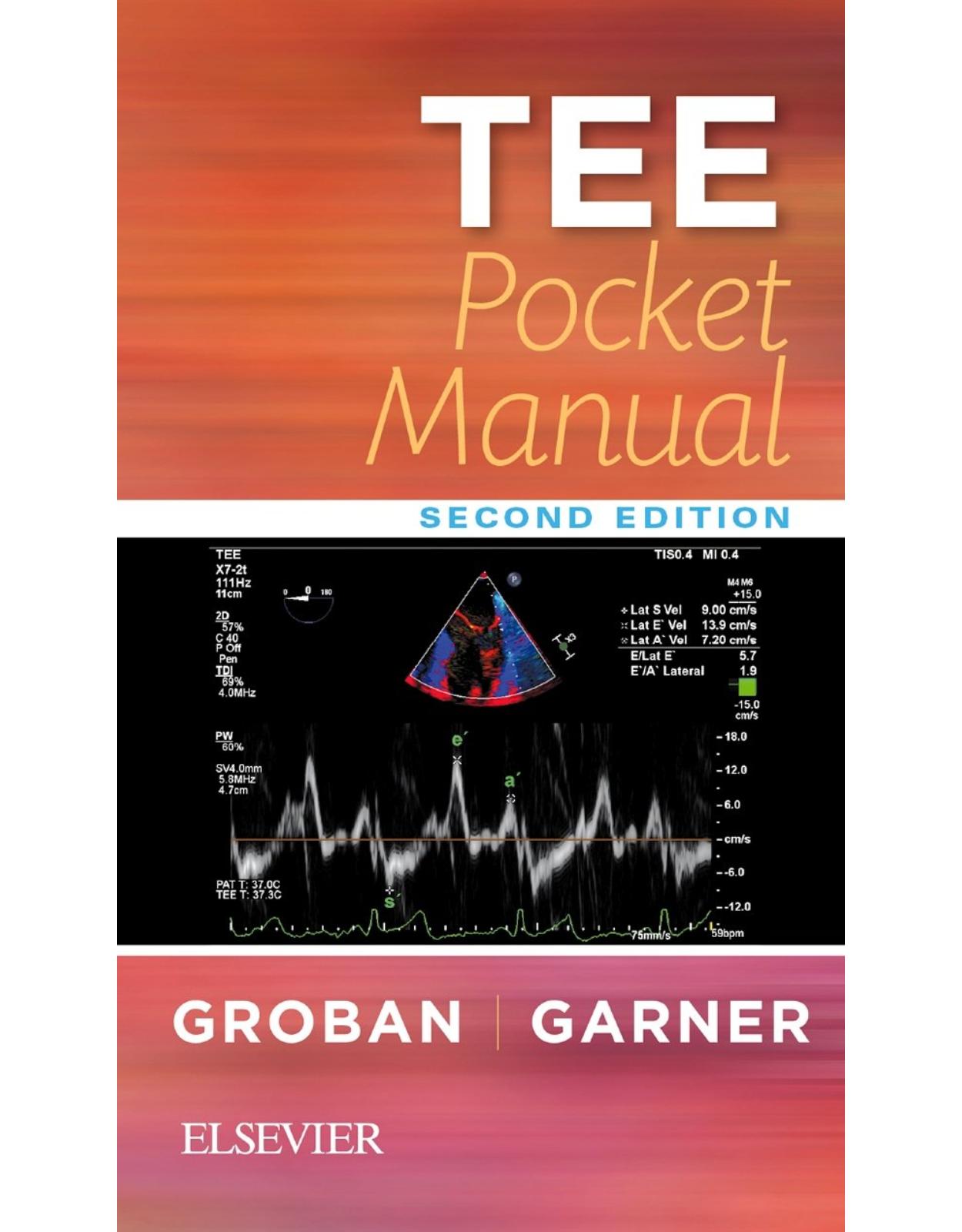


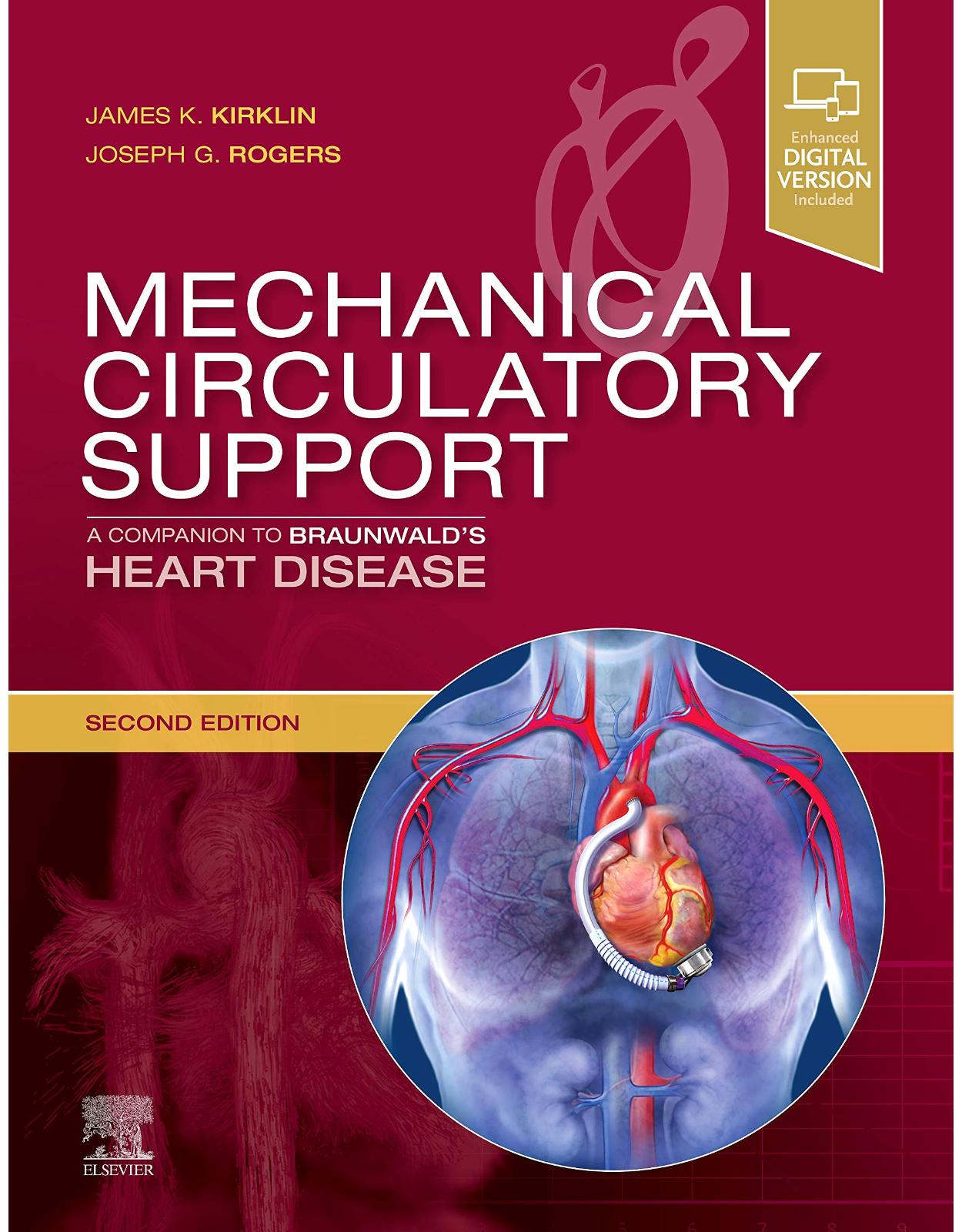
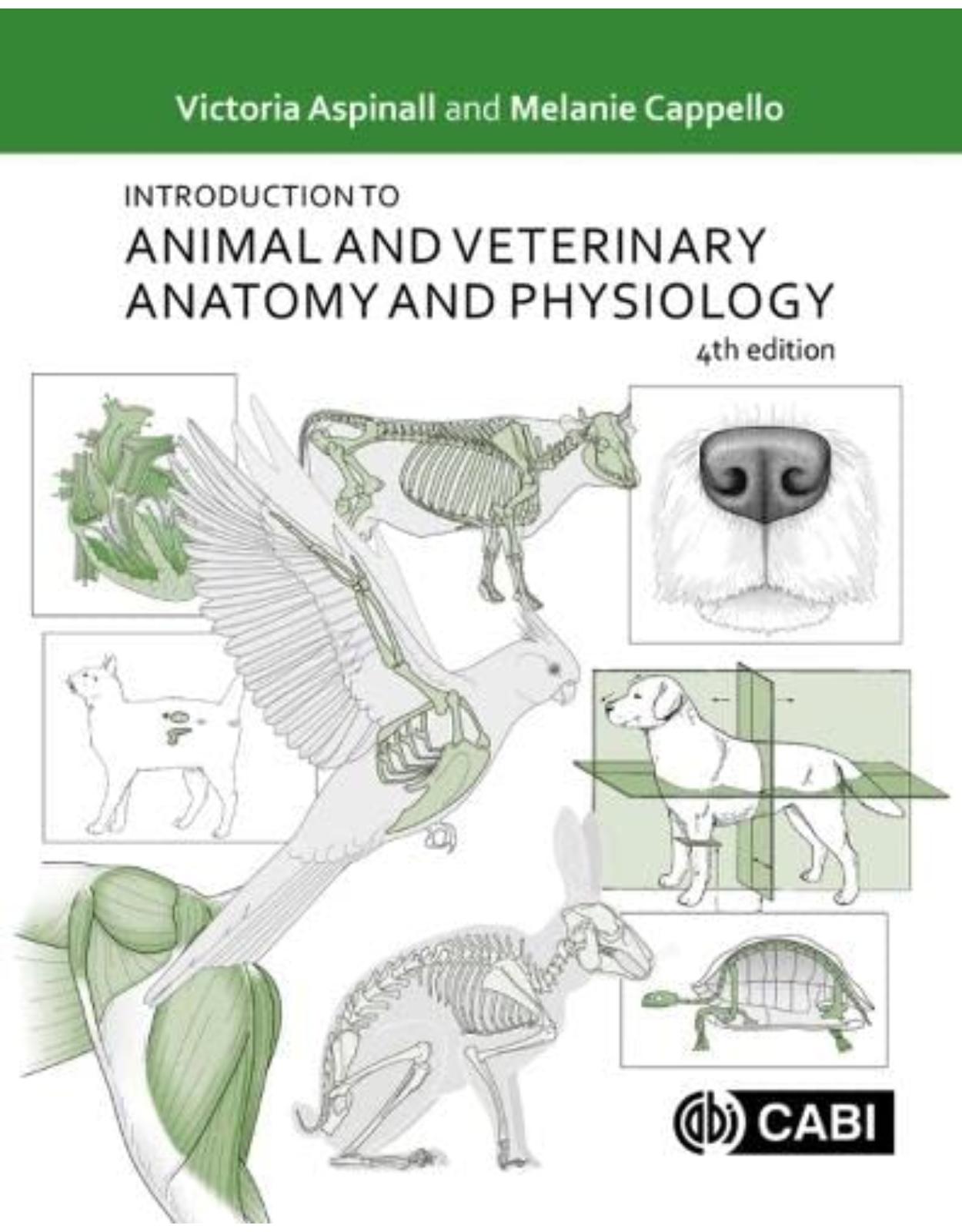



Clientii ebookshop.ro nu au adaugat inca opinii pentru acest produs. Fii primul care adauga o parere, folosind formularul de mai jos.